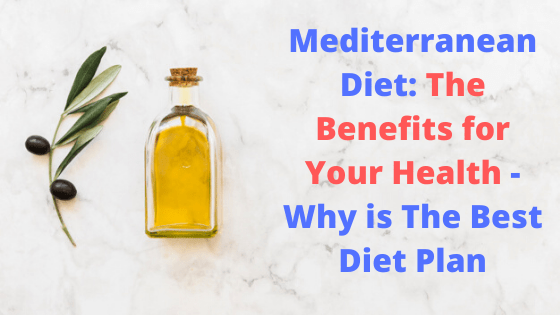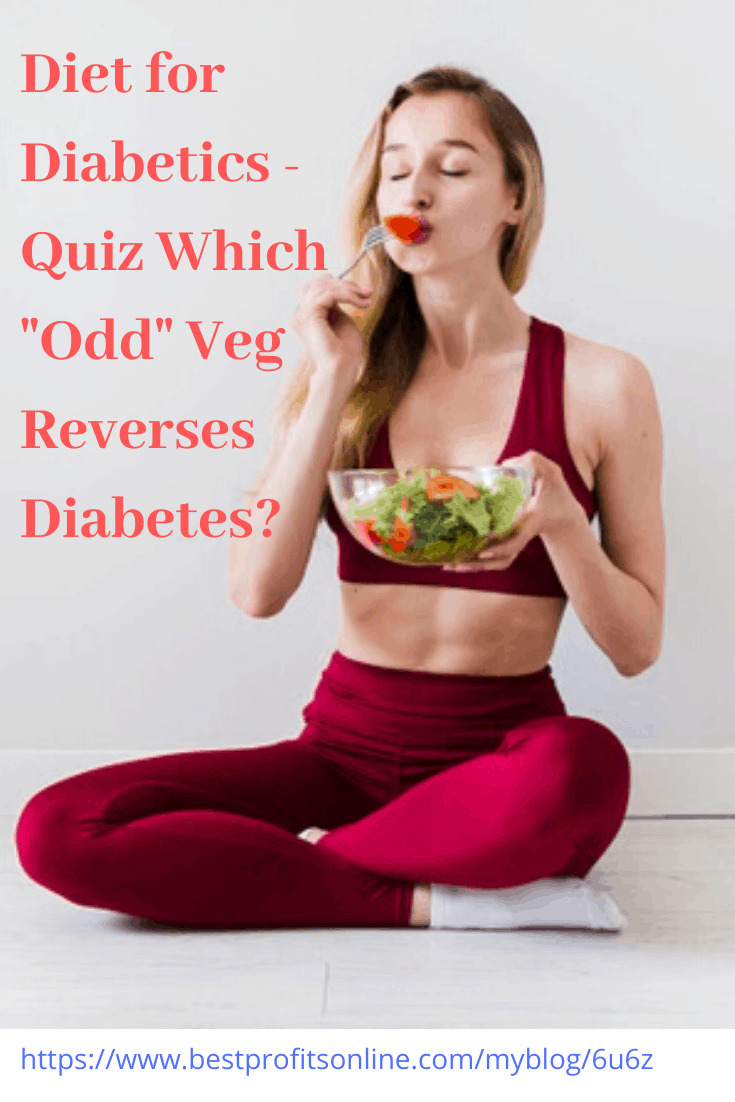
What Is It?
Paleo diet tips. When you follow a paleo diet plan, you try to mimic what humans ate during the Paleolithic era. You’ll eat the kinds of foods that our ancestors might have hunted, fished, and gathered, and avoid foods that weren’t common until farming began. You’ll also drink plenty of water and try to be active every day.
The idea behind paleo is that today’s processed foods are very unhealthy and lead to obesity, diabetes, and heart problems. There’s some evidence that a simpler diet, like early humans used to eat, it’s much better for your health.
In general, you’ll try to stick to local, organic, non-GMO products like fruits, vegetables, nuts, and seeds, plus fish and grass-fed beef. This adds up to a diet that’s high in protein and fiber, contains an average amount of fat, and is low in carbs.
Paleo Healthy Foods
A paleo diet may be a lot different than how you eat now. For instance, the meat, fish, and produce you eat should be fresh rather than frozen or canned. Some other foods that are OK are eggs, coconut oil, avocado, olives, olive oil, and a few root vegetables that are high in nutrients, like sweet potatoes. Also, small amounts of honey are also allowed.
Foods to Avoid
You need to stay away from dairy products and cereal grains like wheat and oats. But that’s not all. You must steer clear of potatoes and legumes like beans, peanuts, and peas. Also, avoid refined sugar, salt, and highly processed foods.
A diet with a lot of fruits and vegetables may lower your chances of getting heart disease, including heart attack and stroke. It’s also a good source of fiber, which can help cut your chances of becoming obese or getting type 2 diabetes.
You also get more vitamins A, C, and E. These nutrients boost your immune system — the body’s defense against germs — and may help prevent cancer and other diseases.
Weight Loss
With a paleo diet, you may find it easier to drop extra pounds. The types of food you eat will fill you up and make you feel less hungry throughout the day. More studies are needed to see how the paleo diet stacks up against others in the long run.
Avoid salt. Studies show that cutting back on sodium can lower blood pressure. Plus, when you give up refined carbs, you also help protect your heart in the long run. Eating too many simple carbs, like those you find in sugar, pasta, and white bread, is linked to heart disease.
Diabetes
A paleo diet could help prevent diabetes. If you already have it, the types of foods you’ll eat may better control your blood sugar and improve how your body responds to insulin. Some research shows that it helps more than a low-salt, low-fat dairy diet that includes whole grains and legumes.
You could see these benefits after as little as 3 months. But always check with your doctor before you make a drastic change to your eating habits.
Attention! Ask Your Doctor
The paleo diet favors protein, most of which comes from animal products. If you don’t stick to lean cuts of meat, you could take in too much-saturated fat. That can lead to heart problems. If you have a health issue like kidney disease and need to watch how much protein you have, a paleo diet may not be safe.
Carbs are your body’s main source of fuel. A paleo diet restricts your carbs to around 23% of your total diet, compared to the 45% to 65% that experts suggest. If you lead an active lifestyle, this extreme decrease in carbs may make you tired.
Calcium and vitamin D are nutrients that can be hard to get on a paleo diet. You need them to prevent conditions like osteoporosis, rickets, and bone fractures. Some research also shows that low-fat dairy products, which you can’t eat on the paleo diet, help reduce the amount of inflammation in your body. If you decide to go paleo, talk to your doctor about whether to start supplements.
Some people find it hard to stick with it for a long time. Many common foods like birthday cake, pizza, or even a peanut butter sandwich aren’t allowed. You may find yourself saying “no thanks” a lot when you’re visiting friends. And some foods that are heart-healthy, like whole grains, are off-limits.
There are ways you can make aspects of this diet part of your daily life. For instance, you can try to have protein and a little fat at every meal or snack. You can also include more colorful veggies and fruits and limit the number of ready-made foods and snacks you eat.
Want to eat some delicious recipes as soon as TONIGHT?
CLICK HERE to get your cookbook today – while it’s still on sale. http://bit.ly/2LPXHOF
P.S. It’s completely risk-free. Get the cookbook, try some recipes over the weekend, and if for whatever reason you are not satisfied – you can hit up Paleohacks support for a full refund – no hoops or hassles http://bit.ly/2LPXHOF



![55 Popular Diet Swaps to Satisfy Every Craving [Infographic]](https://infographicjournal.com/wp-content/uploads/2019/09/55-popular-diet-swaps-to-satisfy-every-craving.png)